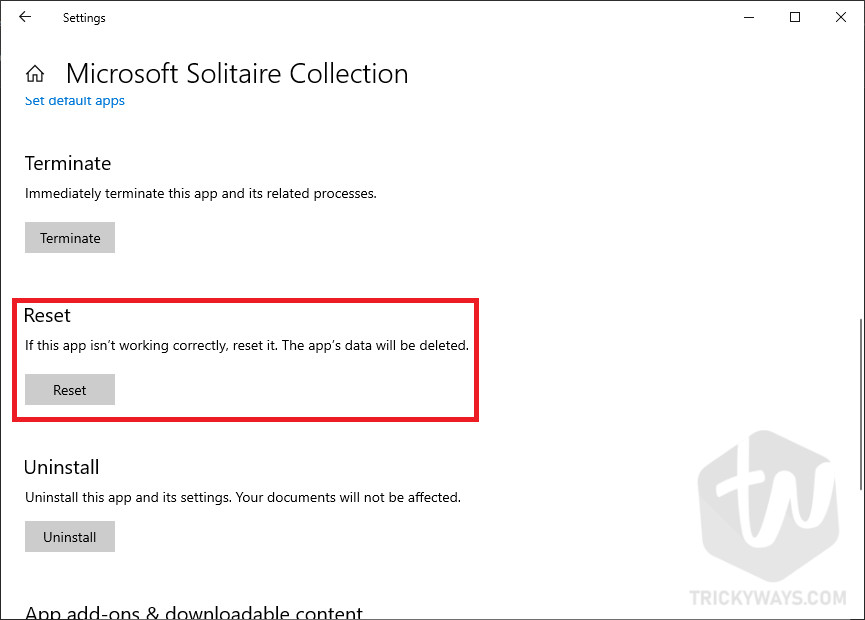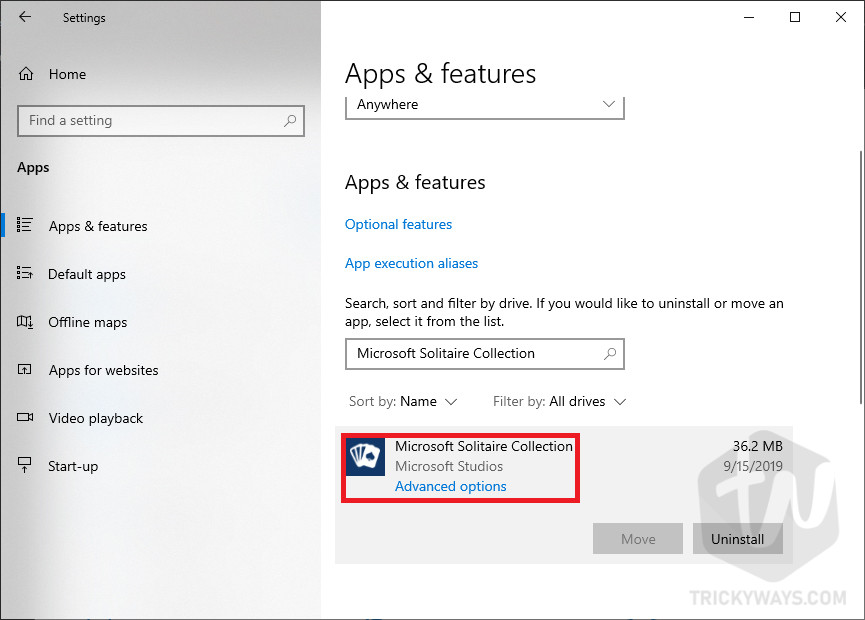
Now open the Microsoft Solitaire Collection app, it should open and work without any issues. Once the reset process is done, you will see a check sign next to the Reset button. The statistics file will be recreated, and everything will be set back to 0. Rename Statistic.ark as old-Statistic.ark.
Once you are sure, after that hit the Reset button and then you will be prompted to the Reset button again. C:\Users\Using the reset option, the app data will be deleted. Finally, scroll down a bit and find the Reset option. Now on the right side, scroll the page and look for the Microsoft Solitaire Collection and click Advanced Options as shown in image below: In the left pane, click on Apps & features Navigate to and c lick on the Apps option Click on the Notification Icon, on the right side of your screen, and select All Settings OR press Win + I from your keyboard to launch the Windows 10 Settings App. Right-click your graphics adapter and choose Properties.CAUTION:when you use the reset option to fix the Solitaire Collection app, it will reset all data (such as statistics, etc.)saved by the Microsoft Solitaire Collection.Double-click the Display adapters category.Right-click the Start menu and select Device Manager.On the contrary, if the issue started after a recent graphics driver update, try rolling it back to its previous version. Or, use an automatic driver updater utility like Driver Booster. Go to your graphic card manufacturer’s website- AMD, NVIDIA, or Intel-and download and install the latest video drivers.

If rebooting your computer’s display driver helps but the issue recurs, you must update the video drivers on your computer. Once the screen flashes, try opening the Microsoft Solitaire Collection again.


To fix that, reboot the driver process by holding Windows Key + Ctrl + Shift + B for a few seconds. Rarely the graphics driver in Windows can glitch out and cause problems with video games. Get-AppxPackage *solitairecollection* | Remove-AppxPackage Note: If you have trouble removing the Solitaire Collection via the Apps & Features screen, run the following command via an elevated Windows PowerShell console instead (right-click the Start button and select Windows PowerShell ( Admin ):


 0 kommentar(er)
0 kommentar(er)
